‘You go to Beaujolais?” my friend (a lover of all things wine and all things French) asked in disbelief.
His response was not unique. For years, Beaujolais has been the uncool uncle of the wine world – seen as bland, unrefined and unsuitable for dinner parties. Likewise, the area where it originated has failed to attract British visitors – overshadowed by the elegance of Champagne, Burgundy and Loire.
But Beaujolais is experiencing something of a revival. Boutique B&Bs are popping up across the region, as well as exciting restaurants and new walking and cycling routes. At the same time, the wines themselves are experiencing a renaissance.
So I decided to discover for myself how it compares to the grands crus of wine tourism.
“Beaujolais’ reputation was damaged by the Beaujolais Nouveau movement,” explains Aurélien Lapalus, who works in a local vineyard and offers cycling tours in the area through his company Semita Tours.
The fashion for Beaujolais Nouveau (an incredibly young style of red wine that many say tastes like bubble gum and bananas) reached its peak in the late 1980s and early 1990s. People raced to Beaujolais at midnight on the third Thursday in November to be the first to pick up bottles just released from that year’s harvest, then rushed back to London or Paris to organize a sloppy “Beaujolais Breakfast” . However, as quality moved toward mass production, the craze faded and some local winemakers lost everything.
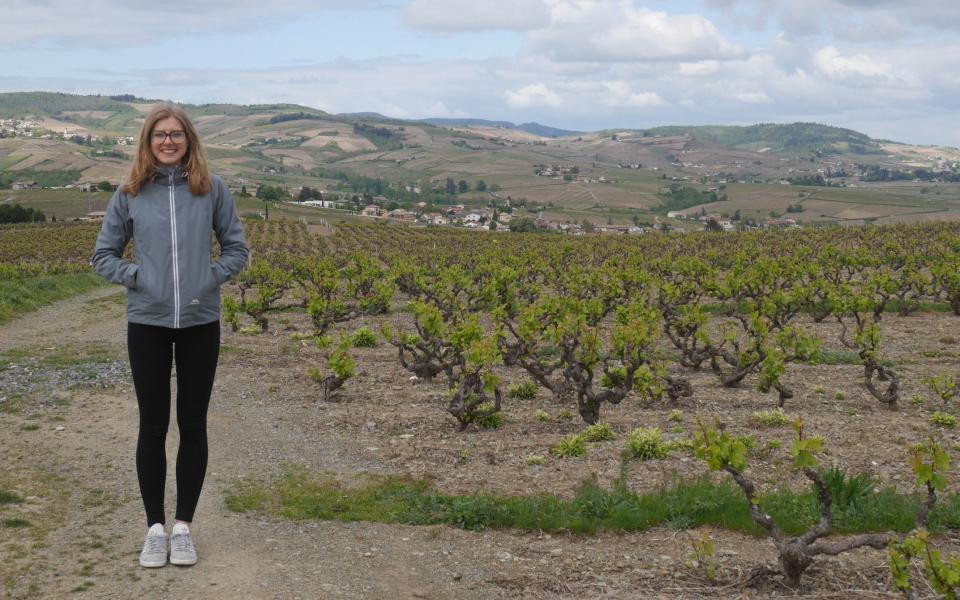
As we cycled up and down the rolling, vine-covered landscape – enjoying spectacular views of scattered medieval villages at every summit – Lapalus told me about the many abandoned vineyards in southern Beaujolais. “The most important reason [for their demise] is that they are associated with the word Beaujolais,” he said. In fact, Beaujolais – which lies south between Dijon and Lyon – is technically part of Burgundy (although the Burgundians rarely admit this).
Since the implosion of Beaujolais Nouveau, local winemakers have refocused on quality and it now makes up a small percentage of bottles produced. International recognition is growing – especially for the 10 crus of Beaujolais (villages that produce particularly good wines).
Wineries are also modernizing by offering experiences like picnics in their vineyards, immersive tastings with comedy theater groups and, as at Domaine Frédéric Berne, an organic winery in the village of Lantignié, scavenger hunts to keep kids busy while the adults sip.
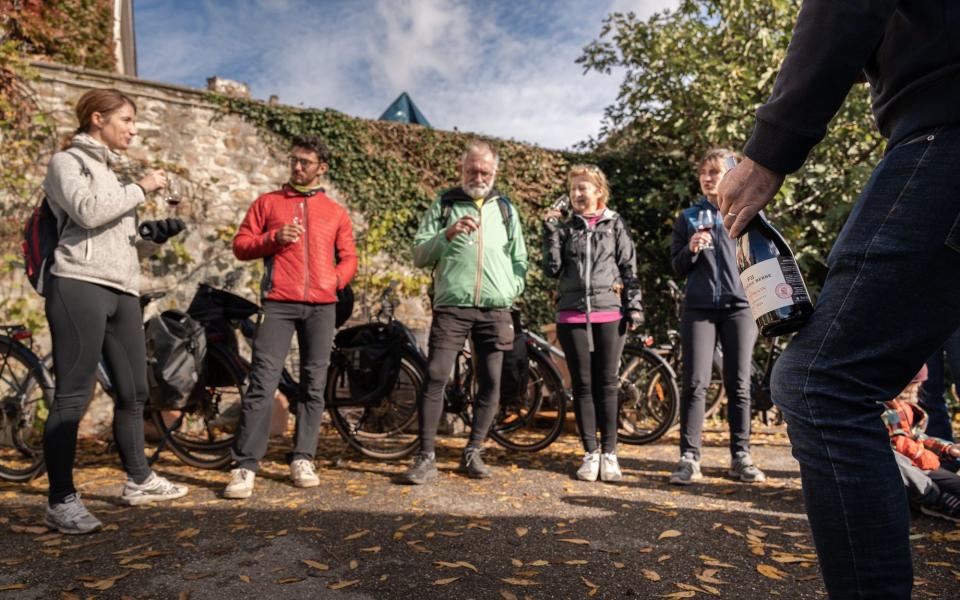

At the same time, visitor numbers are increasing – and not just because of the wine. With its rolling, rural landscape and charming cobbled villages, Beaujolais is perhaps one of France’s most beautiful wine regions and ideal for exploring on foot or by bike. A new 300 km hiking trail will open in June, passing through some of the most scenic spots, and four cycling routes will be launched in the fall.
“Even in France, Beaujolais is not particularly well known,” says Coraline Bron of Destination Beaujolais, the tourist agency. “People often come here for the first time as a stopover on the way to the Alps or the south of France. They fall in love with the landscape, the heritage and come back.”
Although Beaujolais is not famous for it castles, it has more than 300 – comparable to the Loire Valley. From medieval beasts to neoclassical beauties, they include the “The little Versailles du Beaujolais”Château de la Chaize, designed by the same architect and gardener as Louis XIV’s great masterpiece.
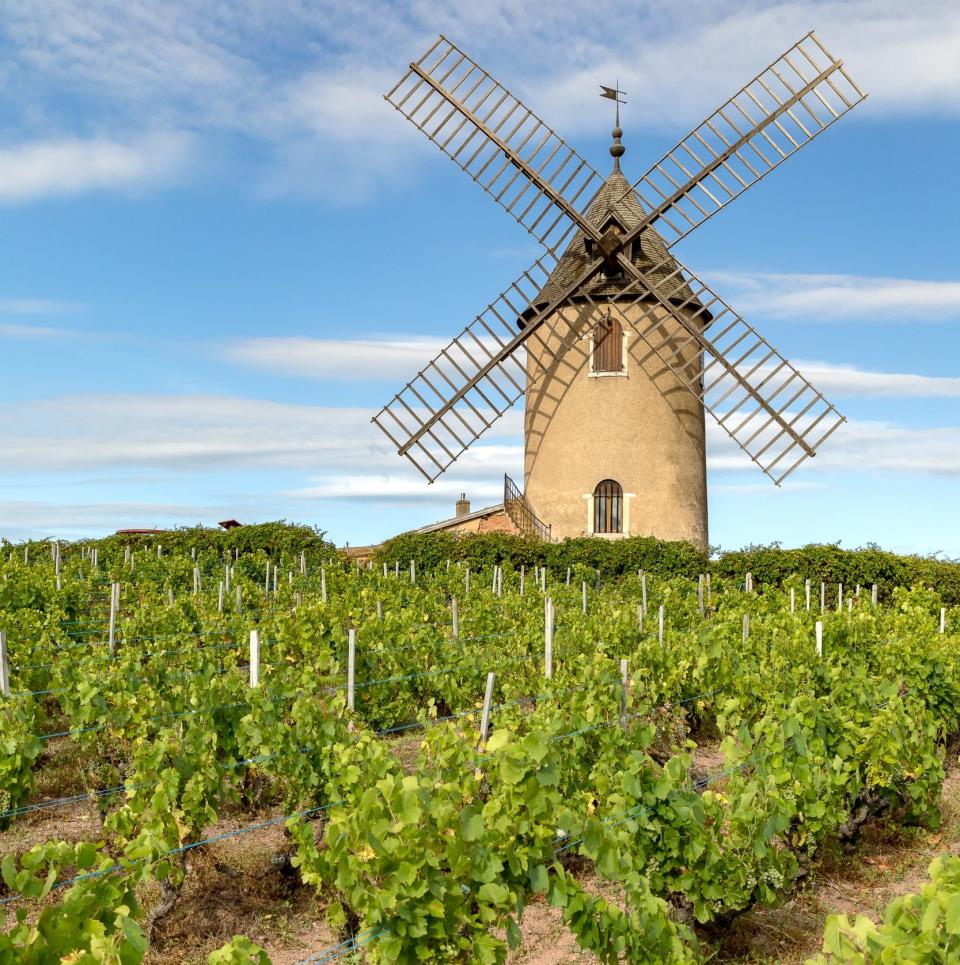

The accommodation and food supply is also improving. Traditionally, Beaujolais was known for its dim lighting gourmet bistros, serves regional specialties such as calf’s head and andouillette (intestinal sausage) and its rustic B&Bs. Now a new generation of young, mostly local chefs have taken root and created a new breed of chefs bistronomic restaurantswhere you’ll find traditional ingredients served in a more modern, elegant style – without haute cuisine prices.
Thomas Guignier, who founded La Robe Rouge above his family’s wine cellar, is a good example. We feasted on spicy artichoke carpaccio and succulent lamb chops on a salty seabed of squid ink and nori, watching Thomas work his magic in the small six-table restaurant (three courses from €28 [£24]).
As for accommodation, Beaujolais only has a handful of hotels, so most people opt for a B&B. There is a wave of boutique-style openings here – which (fortunately) seem to have retained the local, unpretentious character.
At La Maison de Pagneux, which launched last year, I spent hours chatting with host Bruno Verdier over a glass of Beaujolais blanc from Château de Lachassagne, a vineyard a 10-minute walk away.
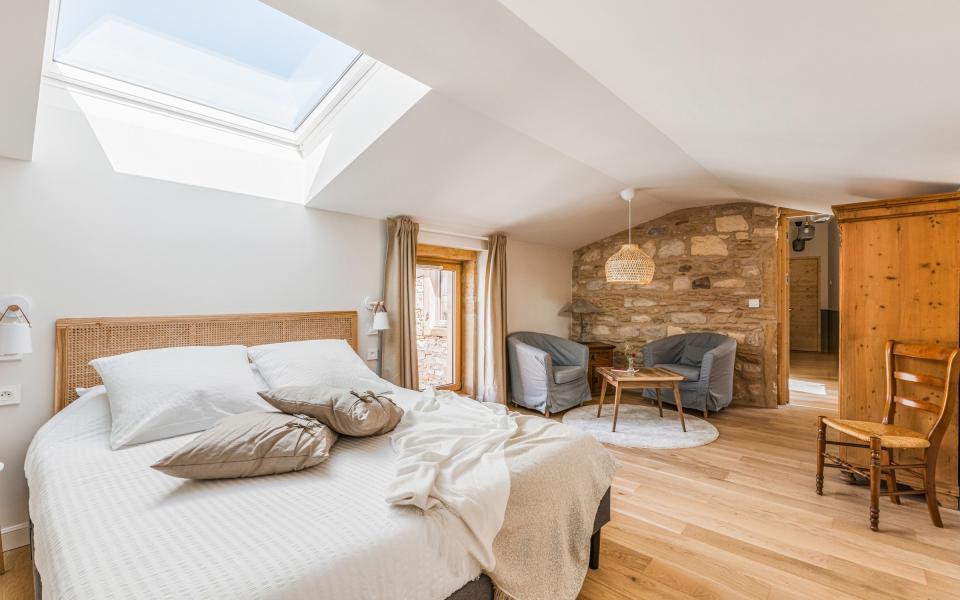

The beautiful stone farmhouse has a vegetable garden, where Bruno and his wife Caroline grow herbs, fruit and tomatoes, and an outdoor swimming pool. Prices start from €130 per room and include an extensive breakfast with crusty baguette, pastries, homemade jam, yoghurt and eggs.
And there’s the thing: where Beaujolais really sets itself apart from other French wine regions is its value for money. A good four-star hotel in Burgundy or Champagne will easily cost you £300 a night, while at Beaujolais’ four-star castle-like Hôtel Villa Alexandre rooms start from £189. And while £30 can hardly get you started in Champagne, it can easily buy some of the best bottles in Beaujolais.
A final (but important) point of difference is the culture surrounding wine. “Beaujolais is much less pretentious than other French wine regions. It is very social and welcoming,” Lapalus told me. In every village you will find a large number of winemakers who are happy to open their doors for (free) tastings, take you on a walk through their vineyard and sell you a bottle. While many of the wineries in Burgundy and Bordeaux are now huge conglomerates where visits are by reservation only and sales are made through external négociants.
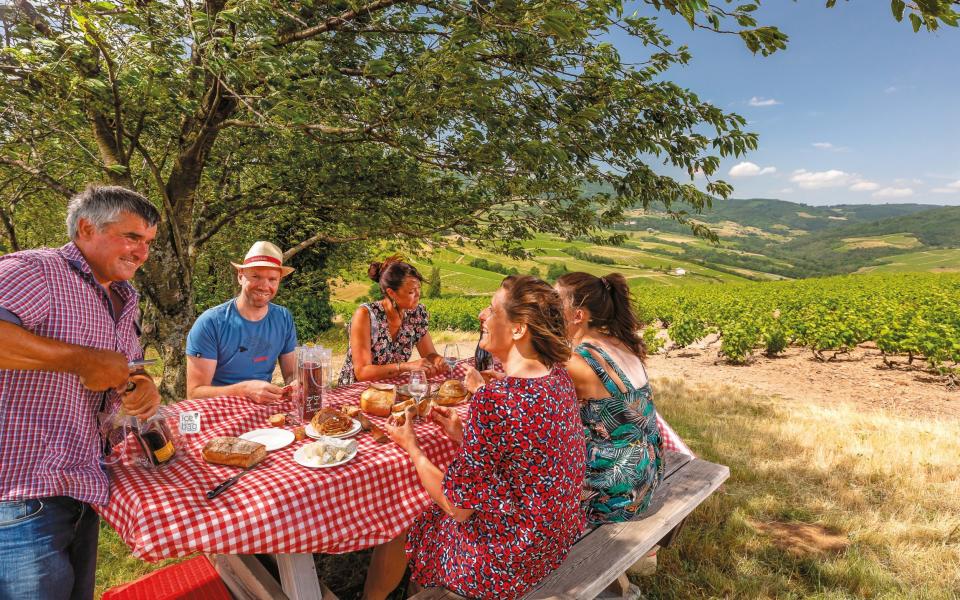

It is also geographically accessible: just 90 minutes by train Paris-Mâcon-Loché. The drive is a little longer (about seven hours from Calais), but once you get there it’s better to have a car to explore the villages and vineyards at your leisure.
With so much rejuvenation underway, it is not surprising that some of the cru areas in Beaujolais are pushing to achieve Premier Cru status – an even higher level in France’s endlessly complicated system for identifying good wine regions.
“If some of the vineyards become premiers crus, it will help improve the image of Beaujolais as a whole,” says Philippe Aufranc, a local winemaker who has adapted his estate with new gites and camper sites to meet the needs of the population . growing oenotourism. “Hopefully this will attract curiosity and people in general.”
Fortunately, French bureaucracy means we’re unlikely to see a change in status for another five to ten years, so Beaujolais enthusiasts can rest assured that their secret will remain for now. secrete.
Marianna Hunt was a guest at Destination Beaujolais and Eurostar. Return tickets from London to Paris start from £78 (eurostar.com).